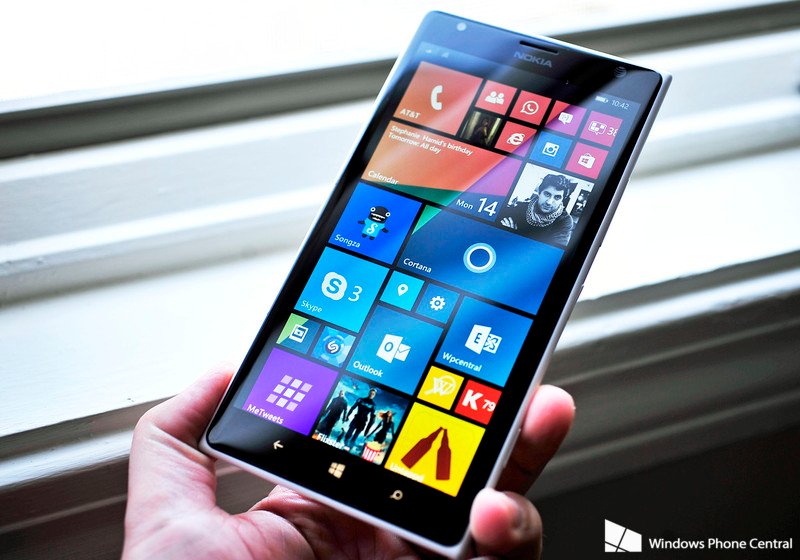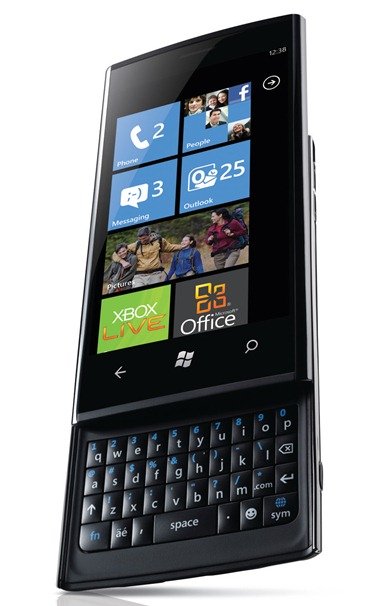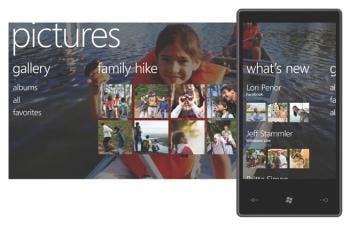Windows Phone Secrets: Fast performance, long battery, and more get detailed in this retro-podcast
In this throwback video, Sue Loh and Ben Rudolph swapped stories when they worked on Windows Phone, discussing what made it special.

What you need to know
- A new video podcast goes behind the scenes of the heyday of Windows Phone.
- The podcast features Sue Loh and Ben Rudolph, who both worked on Windows Phone back in 2010 and beyond.
- Learn about how Microsoft prioritized memory, performance, battery life, and more.
Despite being the year 2022, people are still talking about 2012, precisely when Windows Phone reached its more critical phase. In a new podcast by Misty Hays, a senior program manager working on Visual Studio talks to Sue Loh and Ben Rudolph about the now-classic phone OS, the push to challenge Apple and Google, and what made Microsoft's efforts so unique at the time.
While not long at under 40 minutes, the video does hit many high notes that made 2010's Windows Phone 7 one of the most fun mobile operating systems to date. Whether it focused on optimizing memory on the first phones or how the Smoked by Windows Phone campaign started, it's quite the trip down memory lane. Ben and Sue also talk about their favorite phones and what made that OS so good at the time.

For those who don't remember, Windows Phone 7 did a lot of firsts at the time. There was a dedicated button for the camera and the famous "Me tile," which had all your social networks under one account so you could see updates as well as cross-post to them with a single click. That was all in addition to the Live Tile and "Metro UI." Both were unlike anything seen at the time or since.
The Live Tile concept was simple: Give users all the information they need with a glance. As Ben notes during the interview, Microsoft was already pushing back on "smartphone addiction," where people would turn on their phones and stare at them endlessly.
Of course, there were issues, too, like updating phones was a bit more problematic, which is why the Me Tile was phased out (changing APIs by the social networks could "break" things quite easily). And coming back from behind against Apple and Google was too little, too late (something ex-CEO Steve Ballmer later lamented). Most consumers never gave Windows Phone a fair shot as the market was already becoming established, something that worsened as the years went on. The so-called war for apps began (remember when companies bragged about how many apps were in their respective stores?) and was forever a thorn in the side for Microsoft.
Windows Phone 7 later turned into Windows Phone 8 (and the ultimate version, Windows Phone 8.1). Still, even that was problematic as all those Windows Phone 7 devices could not upgrade to the new OS due to shifting the architecture and kernel that formed the basis of Windows Phone 8. Instead, those phones got Windows Phone 7.8.

In 2015, Microsoft would again reboot the OS with Windows 10 Mobile, but Microsoft's market was already losing ground from its peak in 2014. The best-selling Windows Phone was the $99 Lumia 520, which launched in 2013. But in the higher-end, despite incredible devices like the Lumia 920, Lumia 1020, and Lumia 1520, all of which brought Qi wireless, camera OIS, and always-on-displays to the mainstream, never made a dent against the iPhone or the HTC/Samsung/LG army of Android phones.
Get the Windows Central Newsletter
All the latest news, reviews, and guides for Windows and Xbox diehards.
Interestingly, the podcast seems to have been recorded quite some time ago, as it ends by asking if the participants would be getting the "new" Microsoft Surface Duo, which came out in October 2020. That phone (and its sequel) has not lived up to the hype, although recent updates have finally made both quite good now.
However, despite the nostalgia, as Wolfe noted, you can't go home again, so don't go head to eBay to buy up an old relic.

Daniel Rubino is the Editor-in-chief of Windows Central. He is also the head reviewer, podcast co-host, and analyst. He has been covering Microsoft since 2007 when this site was called WMExperts (and later Windows Phone Central). His interests include Windows, laptops, next-gen computing, and wearable tech. He has reviewed laptops for over 10 years and is particularly fond of 2-in-1 convertibles, Arm64 processors, new form factors, and thin-and-light PCs. Before all this tech stuff, he worked on a Ph.D. in linguistics, performed polysomnographs in NYC, and was a motion-picture operator for 17 years.
